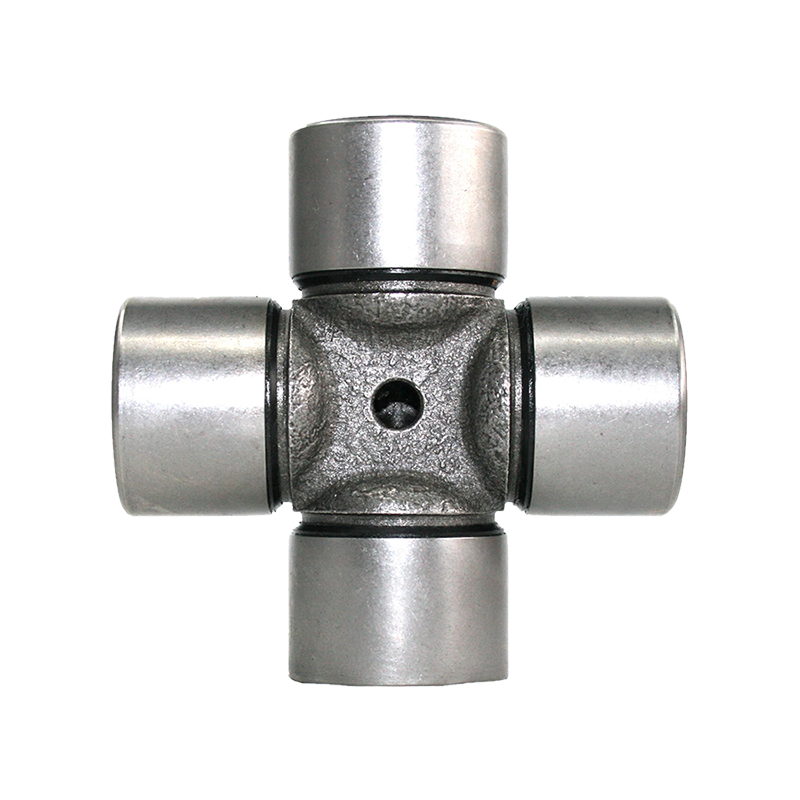When it comes to high-performance universal joints with pressed bearings, one of the top concerns for buyers and operators is understanding how long the joint will last under typical operating conditions, and what steps can be taken to ensure it performs at its best for as long as possible. The lifespan of a universal joint largely depends on the type of application it’s used for, the environmental conditions, and the maintenance practices put in place.
Typically, universal joints with pressed bearings are designed to be highly durable and resilient, especially under high-torque or high-performance conditions. In a well-maintained system, these joints can last anywhere from several years to well over a decade, depending on how demanding the environment is. For example, in vehicles or machinery that are frequently subjected to heavy loads, extreme temperatures, or harsh conditions, the lifespan might be slightly shorter due to the increased wear and tear. On the other hand, in more moderate applications where the joint is operating under standard conditions, the lifespan can be extended significantly.
The key to maximizing the lifespan of a universal joint with pressed bearings is regular maintenance. One of the simplest yet most effective practices is ensuring that the joint is properly lubricated. Adequate lubrication minimizes friction, preventing premature wear on the bearings and ensuring smooth movement. Over time, even high-quality joints can experience lubrication breakdown, so it’s important to check the lubrication levels regularly and apply fresh lubricant when necessary. Keeping the joint free of dirt, debris, and contaminants is another essential step in prolonging its life. Dirt and grit can enter the joint, increasing friction and causing unnecessary damage to the bearings and cup body. Using protective covers or seals can help keep the joint clean and reduce the chances of this happening.

Additionally, operators should periodically inspect the universal joint for signs of wear or damage, such as cracks in the cup body, excessive play in the bearings, or unusual noises during operation. Any irregularities can be an early indication that maintenance or replacement is needed. Routine inspections and timely repairs help catch potential issues before they lead to complete failure, which can be costly in terms of both repairs and downtime.
Finally, the operating conditions play a major role in determining how long a universal joint will last. Extreme temperatures, heavy vibrations, or constant exposure to corrosive elements like saltwater can all contribute to faster wear. In such environments, choosing a universal joint made from higher-grade materials or opting for a more frequent maintenance schedule can help keep things running smoothly.
The expected lifespan of a universal joints with pressed bearings can vary, but with proper lubrication, regular inspections, and protection from contaminants, it can last many years under typical operating conditions. For those using these joints in demanding applications, proactive maintenance is the best way to maximize their performance and ensure long-lasting durability. With the right care, your universal joint will continue to deliver smooth, efficient operation for as long as you need it.

 English
English Español
Español 中文简体
中文简体

















Contact Us